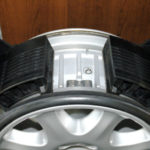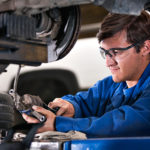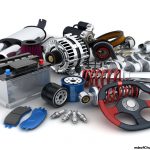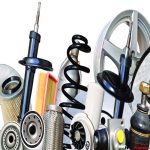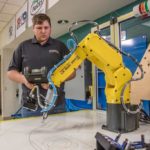Not lots of drivers start out using a brand-new BMW, and a few under no circumstances get there. In a lot of circumstances, it’s extra cost-effective and practical to keep the same car for many years and years. Or perhaps the car was a present or even a hand-me-down. Perhaps it even has sentimental worth and is difficult to component with.
Whatever the reason, numerous drivers find yourself holding onto their cars for an extended time rather than upgrade to a new one particular. Even though a typical vehicle’s longevity has improved over the years, the reality is the fact that all cars will break down ultimately. Keeping a car on the road calls for a specific touch, a little ingenuity as well as some luck.
Edmunds offers a handy guide for drivers who choose to reduce the “luck” aspect on the subject of their old cars. As cars get up in age, there will most likely be several difficulties cropping up at once. Not all of those may perhaps need attention right away, so it becomes a kind of balancing act for drivers to maintain certain parts of your car in the best situation and other folks saved to get a later date.
Following the news source, the best priority should be minimizing the possibility of an accident. Moreover, to become dangerous for drivers, any accident at this point will probably be “game over” for an older vehicle. So this is where money should most likely go initial. Vital aspects of a vehicle that will contribute to an accident contain the steering, brakes, and tires.
Checking and changing the brake pads and fluids could be done swiftly and simply by owners having tiny know-how, and can save drivers a lot of money inside the extended run. Numerous drivers usually neglect their tires, but poor tread depth combined with poor road circumstances can lead to problems. Steering troubles are rarer and instantly noticeable, but drivers really should not hesitate to get this fixed if a problem does occur.
Next up around the list of priorities is almost everything connected towards the engine – troubles with which can leave drivers inconveniently stranded or lead to considerable repair fees. Popular challenges include radiator hoses and fuel lines, which are normally to blame for any strange smells coming from the engine. These are an inexpensive and quick fix. Much more high-priced repairs can include things like timing belts (which expense upwards of $500 and demand a pro mechanic) and difficulties with axles.
Lastly, Edmunds relegates typical maintenance troubles like coolants, fluids, and oil to the “third priority” category. Most amateurs can in all probability change these out on their own, but don’t ignore them for too long, as they’re able to eventually bring about bigger problems.




